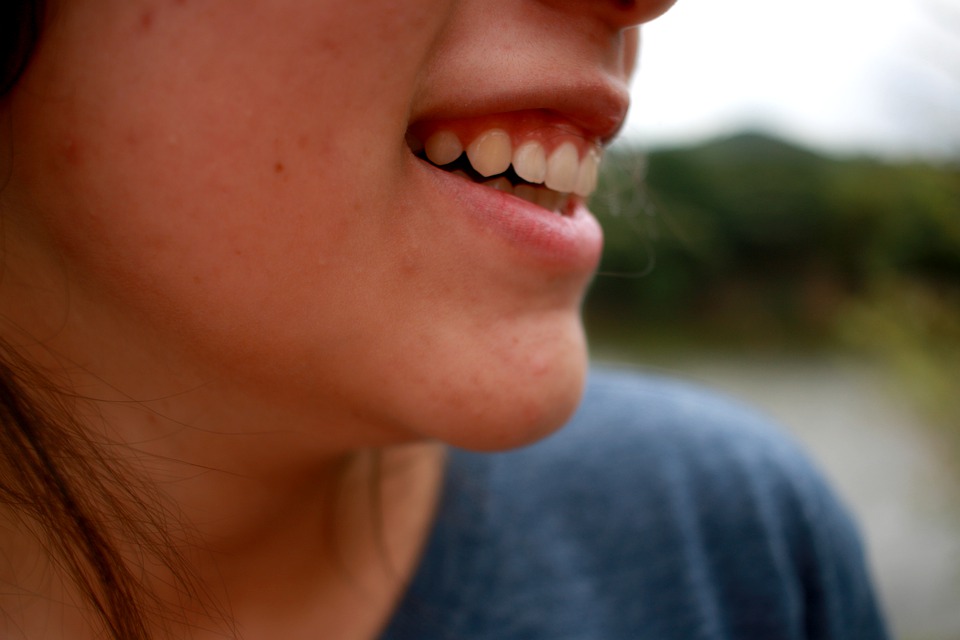
The Secret to Treating Age Spots
Age spots are often viewed as an unavoidable part of getting older. We’re out to debunk that misconception, one spot at a time.
Age spots are one of the most commonly misunderstood skin conditions. For starters, despite their name, they have nothing to do with age. Once known as “liver spots” because of an assumption that they’re caused by liver problems (they’re not!), age spots are both completely avoidable and treatable.
How to Prevent Age Spots
So, what exactly are age spots? Age spots are flat, darkened blemishes that commonly appear on the face, hands, shoulders, and arms. Also known as solar lentigines, they can vary in size and shape. These spots are a direct result of exposure to the sun. Part of the reason why they’re associated with aging is because younger people typically haven’t come into enough contact with ultraviolet (UV) rays for these spots to appear on their skin — but excessive exposure to the sun can cause spots in younger people too.
The best and simplest preventative measure for age spots is sunscreen. Exposure to UV rays will worsen symptoms of age spots, so protection against these harmful rays is always a good idea. Be sure to choose a broad-spectrum sunblock (both UVA and UVB ray protection) with an SPF of at least 30.
Beneficial Lifestyle Changes
Beyond applying sunscreen, there are some additional steps you might take to prevent and manage symptoms of age spots. The Mayo Clinic recommends wearing hats with wide brims, staying out of the sun between 10am and 2pm, and applying lipstick or chapstick with an SPF of 15 to 30.
To conceal spots, makeup is a common solution. A cream or water-based concealer should do the trick, especially if you pick a lighter color than your own skin tone to hide the darkened skin more effectively. Applying lemon slices to age spots is another option — in some cases, the acid will lighten age spots over the course of a few months.
Clinical Treatments For Age Spots
If these methods don’t work, there are some medical treatments that you can try to reduce the visibility of spots. The most cost-effective approach is to use some combination of retinoid creams (i.e. Retin-A) and bleaching creams like hydroquinone, which can be obtained over-the-counter. Costlier treatments include chemical peels, microdermabrasion, and microneedling, which all involve removing the top layer of damaged skin. Laser treatment can also yield positive results, using multiple wavelengths to safely remove age spots.
Although the overwhelming majority of age spots are benign, there are a few skin changes that could indicate early signs of skin cancer:
- Dark pigmentation
- Rapid increases in size of spots
- Irregular borders (i.e. not oval-shaped)
- Unusual color combinations
- Itching, redness, bleeding, or tenderness
If you’re experiencing any of these symptoms, see a medical professional for a skin examination right away.








No Comments
Sorry, the comment form is closed at this time.